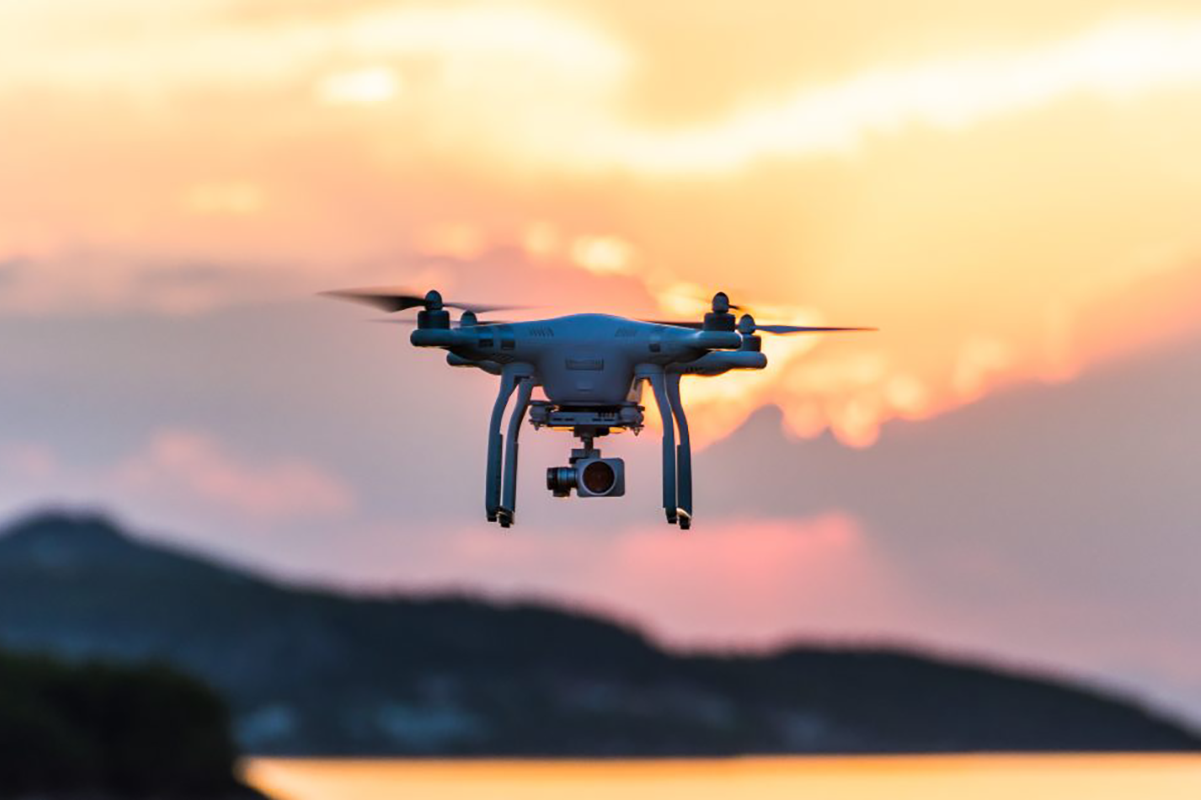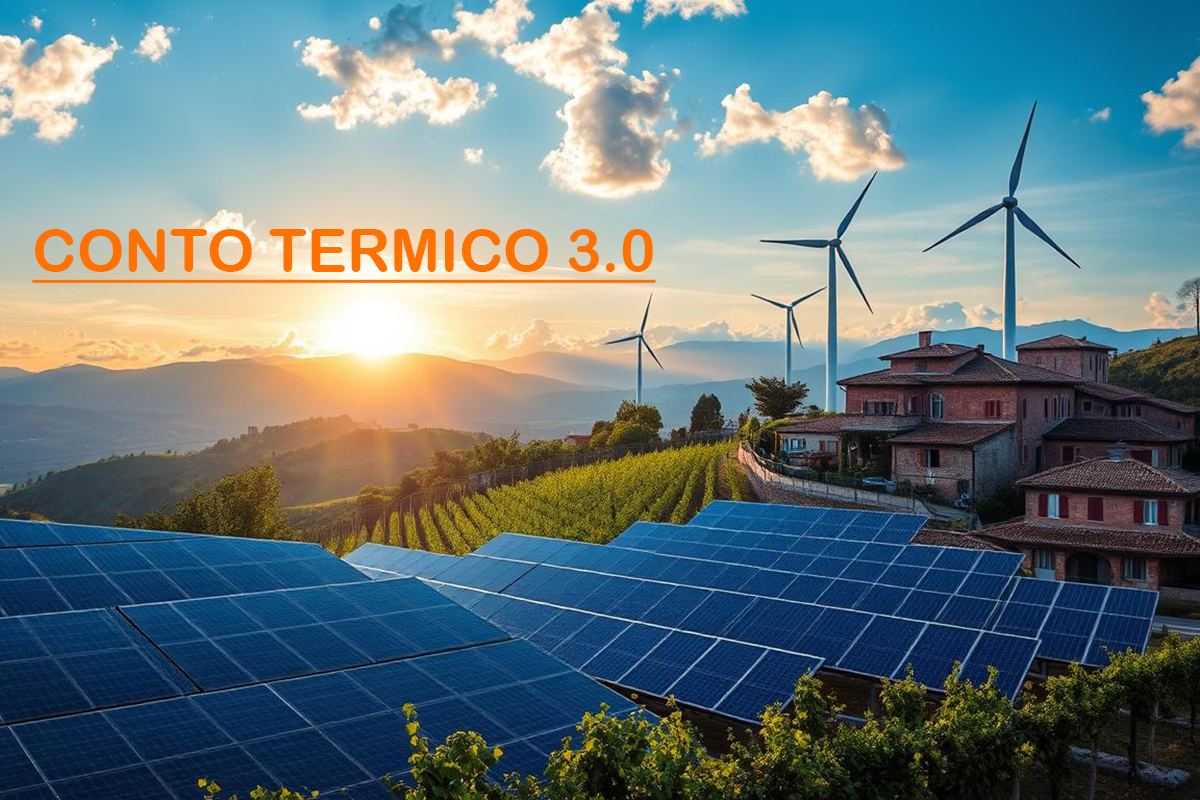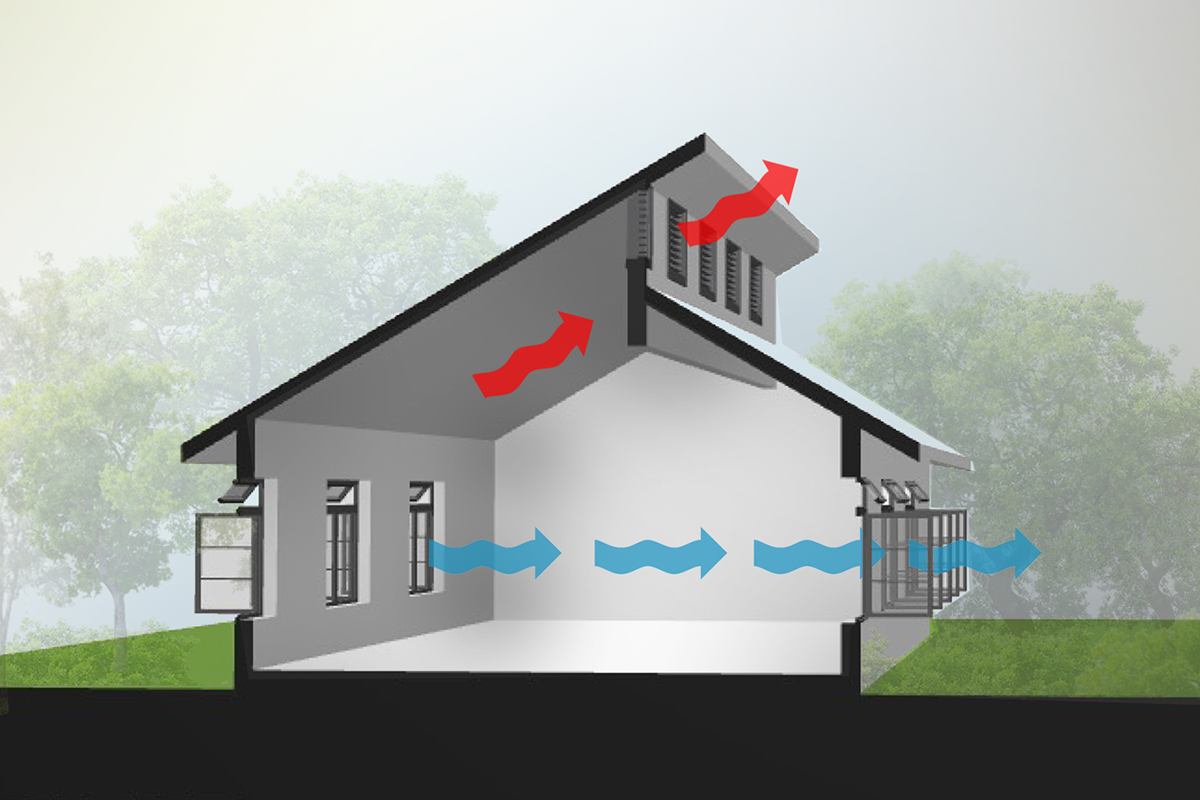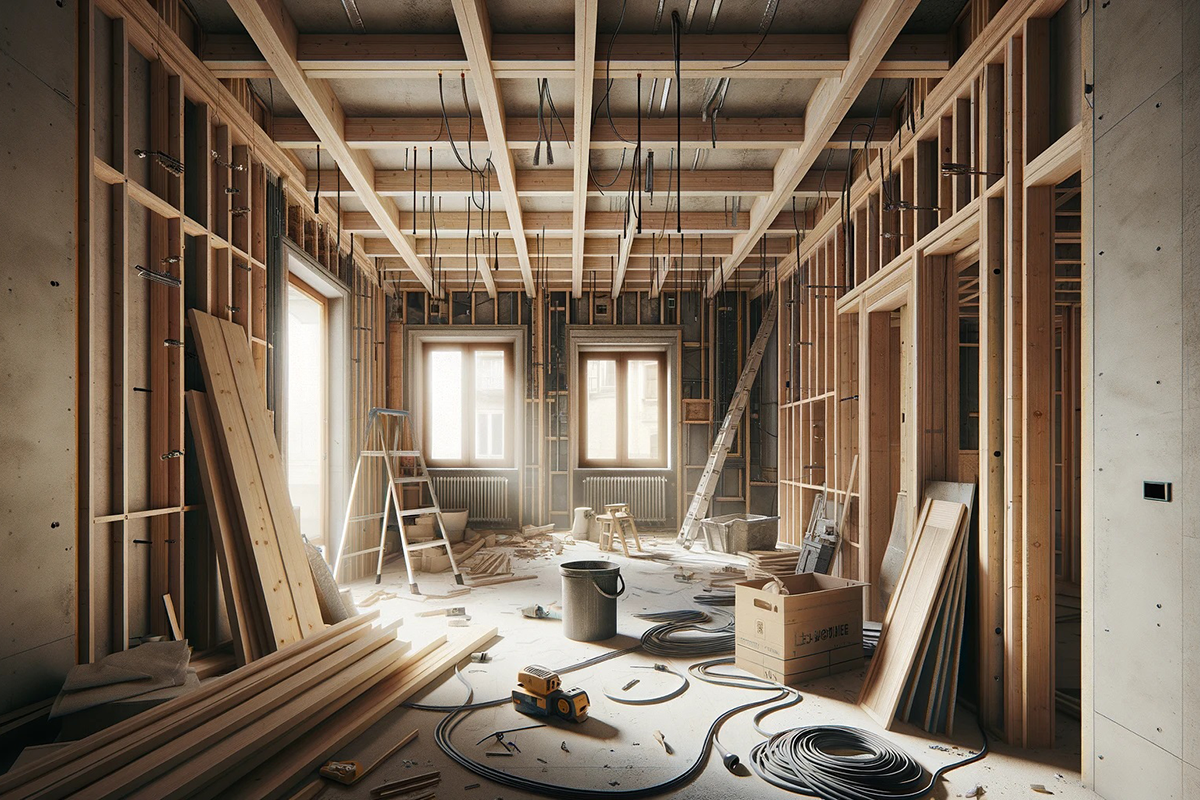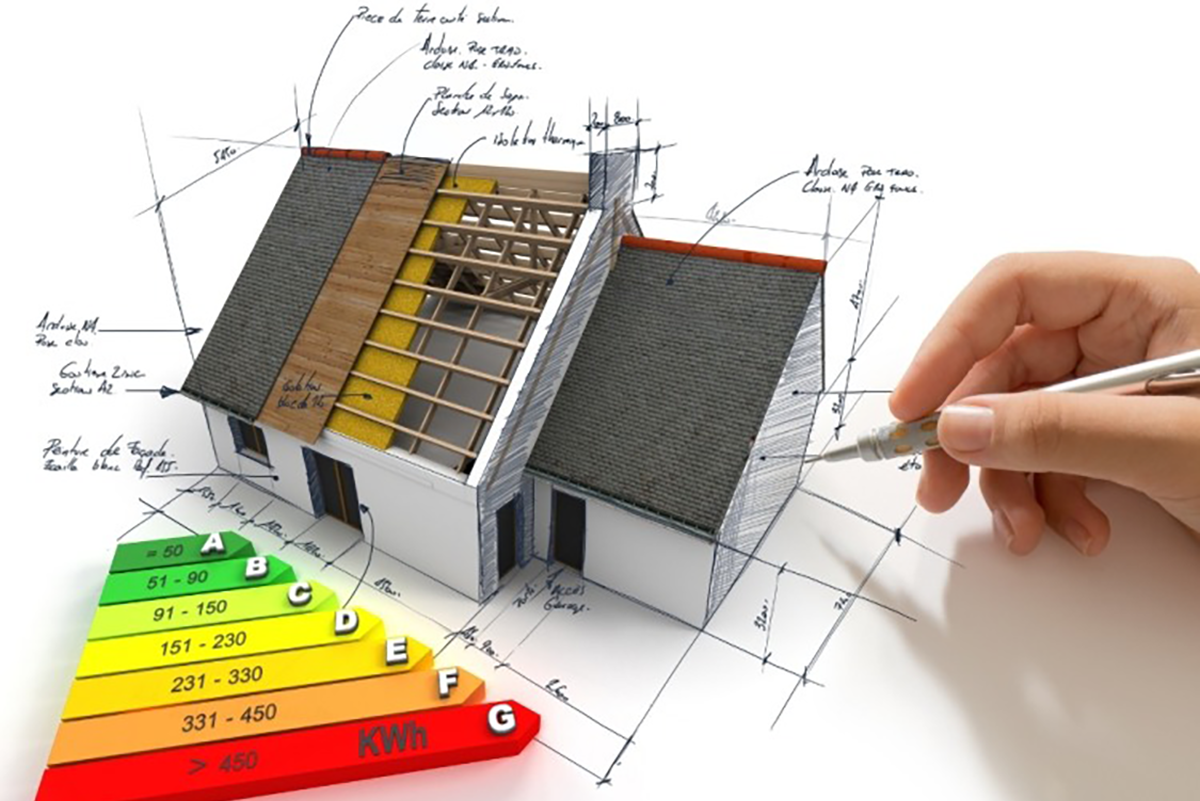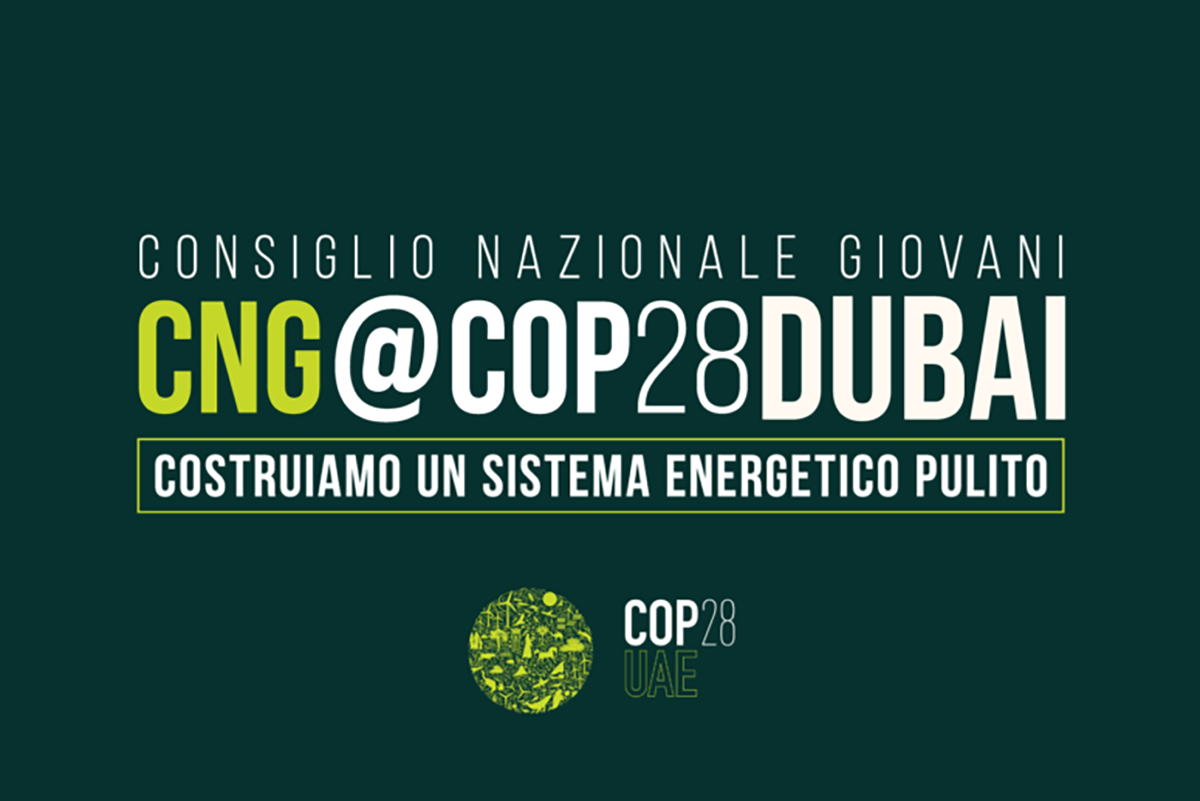News
Aerial-photogrammetric survey with drones: the technology that is changing the construction sector
In the ever-evolving world of architecture and construction, the introduction of drones has led to a revolution in data collection and architectural surveys. This innovative technology is changing the way architects, engineers and construction professionals approach projects, offering a number of significant benefits.
THE FLIGHT OF ARCHITECTS: DRONES IN ARCHITECTURAL PRACTICE
Drones, also known as remotely piloted aircraft (UAVs), have become an integral part of the design and construction process. These flying machines can be equipped with high-resolution cameras, thermal sensors and other specialized tools to perform detailed surveys of surrounding buildings, terrain and landscapes. Here´s how drones are revolutionizing the industry:
1. RAPID DATA ACQUISITION: Drones can quickly cover large areas and capture detailed data in a much shorter time than traditional methods. This means that the time needed to gather information on a construction site is drastically reduced.
2. EXCEPTIONAL DETAIL: High-resolution cameras and thermal sensors enable astonishing detail, which can be critical to the design and evaluation of a building or land.
3. SAFETY: The use of drones reduces the need to send personnel to dangerous or inaccessible terrain, significantly improving workplace safety.
4. COST SAVINGS:Drone data collection is often cheaper than traditional methods. Additionally, the accuracy of the data collected minimizes design and construction errors, saving you money in the long run.
5. HISTORICAL DOCUMENTATION: Drones can document the progress of projects over time, creating a visual record of construction phases and changes made. This can be valuable for historical purposes or long-term maintenance.
PRACTICAL APPLICATIONS
In addition to the general benefits, drones are used in many phases of the life cycle of a construction project. Some practical applications include:
• BUILDING INSPECTIONS: Drones allow you to perform detailed inspections on existing buildings, identifying structural damage or maintenance problems.
• LAND ASSESSMENTS: Aerial mapping can be used to study terrain characteristics, facilitating the planning of new projects.
• ARCHITECTURAL DESIGN: Architects can use data collected by drones to create more precise designs and respect terrain constraints.
• CONSTRUCTION CONTROL: During construction, drones can monitor progress and identify any discrepancies from initial plans.
• REAL ESTATE MARKETING: Aerial images and videos captured by drones can be used for property marketing and sales purposes.
Drone technology is revolutionizing the way we design, construct and maintain buildings. As the construction industry continues to evolve, drones are set to become an essential tool for architecture and construction professionals, enabling more efficient, safe and precise projects.
